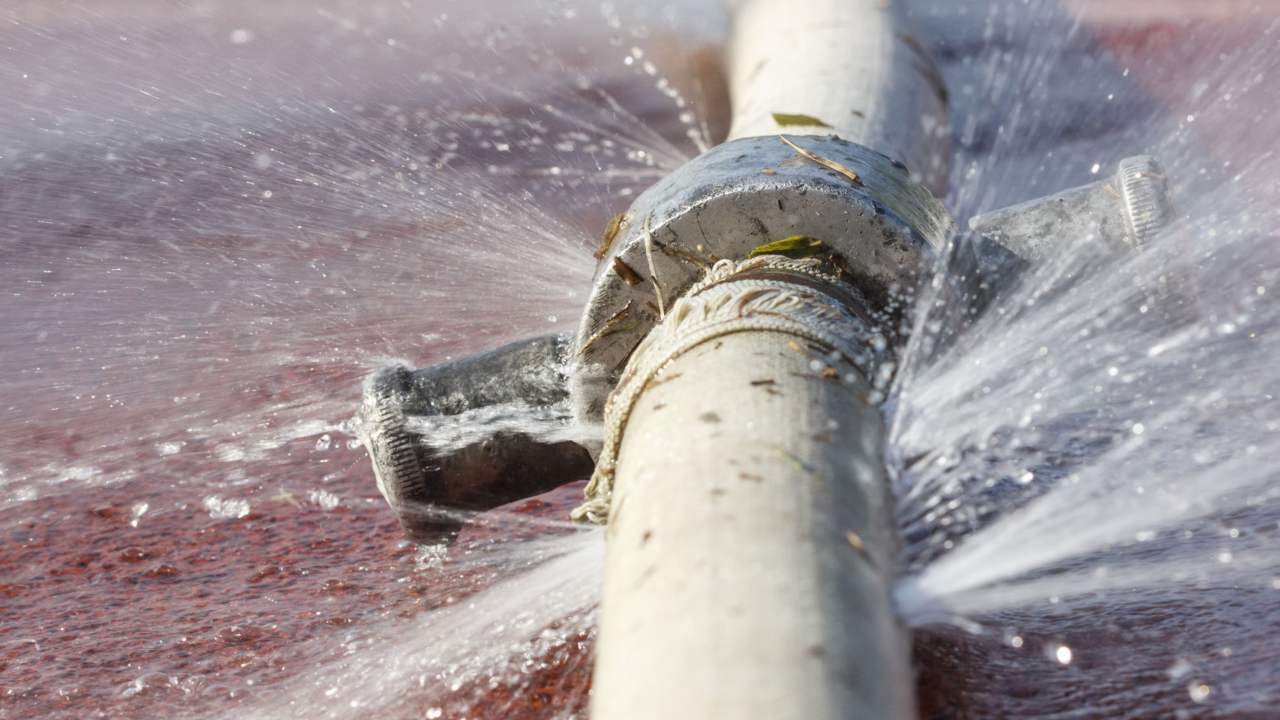An AI bot developed by researchers and collaborators at the University of Waterloo uses sound signals to track down leaks in municipal water systems, which can cost municipalities a lot of time and manpower to fix. “This would allow cities to use their resources for maintenance and repairs much more effectively,” Roya Cody, lead researcher at Waterloo
told university press. “They could be more proactive as opposed to reactive.” Leaks and bursts are a regular occurrence in countries with older infrastructure, and municipal systems can lose large volumes of treated water between water treatment and delivery in a leak. “Right now (municipalities) still react to situations by sending workers out when there is flooding or to inspect a particular pipe if it’s due to be checked because of its age,” Cody
told university press. [caption id=“attachment_5647731” align=“alignnone” width=“1280”] A burst pipe is currently not easy to track down till things get noticeably bad.[/caption] Major problems such as burst pipes are detected when a change in pressure, volume or water simply bubbling to the surface. But small leaks often go undetected for years. On top of the economic costs of wasted water, leaks in municipal lines can also be a hazard to public health if unattended for months on end. Leakage of untreated water brings its own unique complications, not to mention, the added cost of cleaning up the mess. The AI leak-sensing technology uses advanced sound processing techniques to highlight what ‘sounds’ like a leaking pipeline. Using machine learning, the bot tells these leaking sounds apart from the many other sources of noise in a piped distribution system. “By catching small leaks early, we can prevent costly, destructive bursts later on,” Cody
told university press. Researchers are currently doing field tests with the sensors, which have detected leaks as small as 17 litres per minute with a great deal of accuracy. A future objective for the group is also to help pinpoint exact locations of the leaks to help municipalities find, prioritise and plug leaks and bursts.
The technology uses advanced sound processing to identify sound signatures of a leaking pipe.
Advertisement
End of Article


)
)
)
)
)
)
)
)
)



